Search results for 'Red pigments'
-
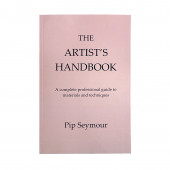
Artist's Handbook
£30.00 -
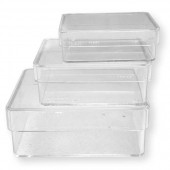
Transparent Containers
Starting at: £1.20
-
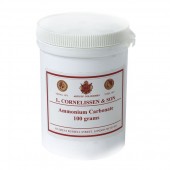
Ammonium Carbonate
Starting at: £9.70
-
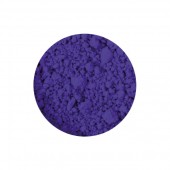
Ultramarine Blue Dark Pigment
Starting at: £4.00
-

Rose Madder Genuine Pigment
Starting at: £15.80
-

Gum Sandarac
Starting at: £8.60
-
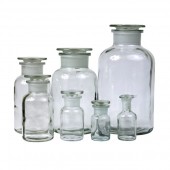
Reagent Jar
Starting at: £6.50
-
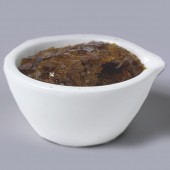
Lemon Shellac
Starting at: £8.20
-

Mars Violet Pigment
Starting at: £4.50
-
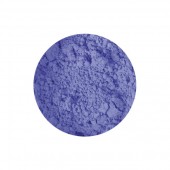
Cerulean Blue Pigment
Starting at: £14.50
-
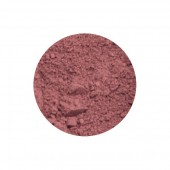
Madder Lake Genuine Pigment
Starting at: £10.20
-
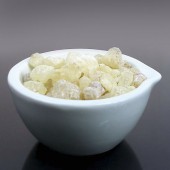
Gum Damar
Starting at: £10.00
-
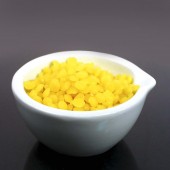
Natural Beeswax
Starting at: £11.20
-
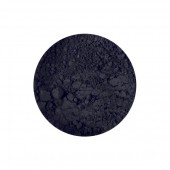
Ivory Black Pigment
Starting at: £4.50
-
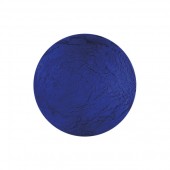
Blue Verditer Pigment
Starting at: £7.50
-
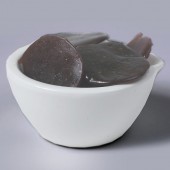
Button Shellac
Starting at: £8.40
-

Cornelissen Virtual Gift Voucher
£25.00 -
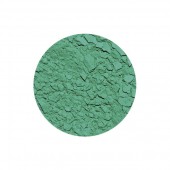
Cobalt Green Light Pigment
Starting at: £8.70
-
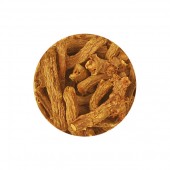
Madder Root Pieces
Starting at: £27.80
-
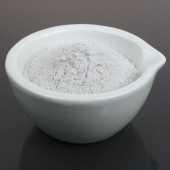
Pumice Powder
Starting at: £5.70
-
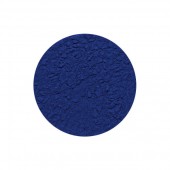
Ultramarine PB29 Pigment
Starting at: £9.10
-
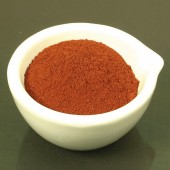
Dragon's Blood Powder
Starting at: £28.10
-

London Pigment, Georgian Yellow Brick Pigment
£18.00 -
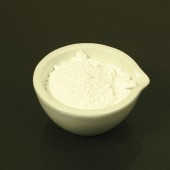
Alumina Hydrate Light
Starting at: £8.30
-

Ultramarine Blue Light Pigment
Starting at: £6.00
-
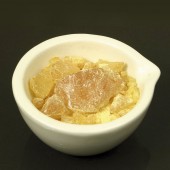
Colophony
Starting at: £7.30
-
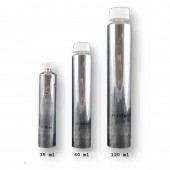
Empty Aluminium Tubes
Starting at: £1.05
-
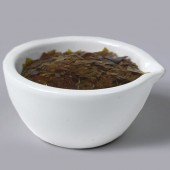
Orange Shellac
Starting at: £8.00
-
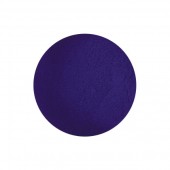
Prussian Blue Pigment
Starting at: £5.20
-
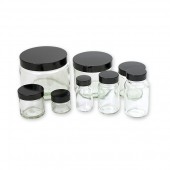
Squat & Powder Jars
Starting at: £0.75




